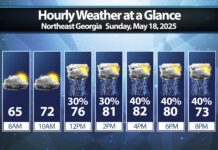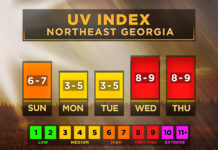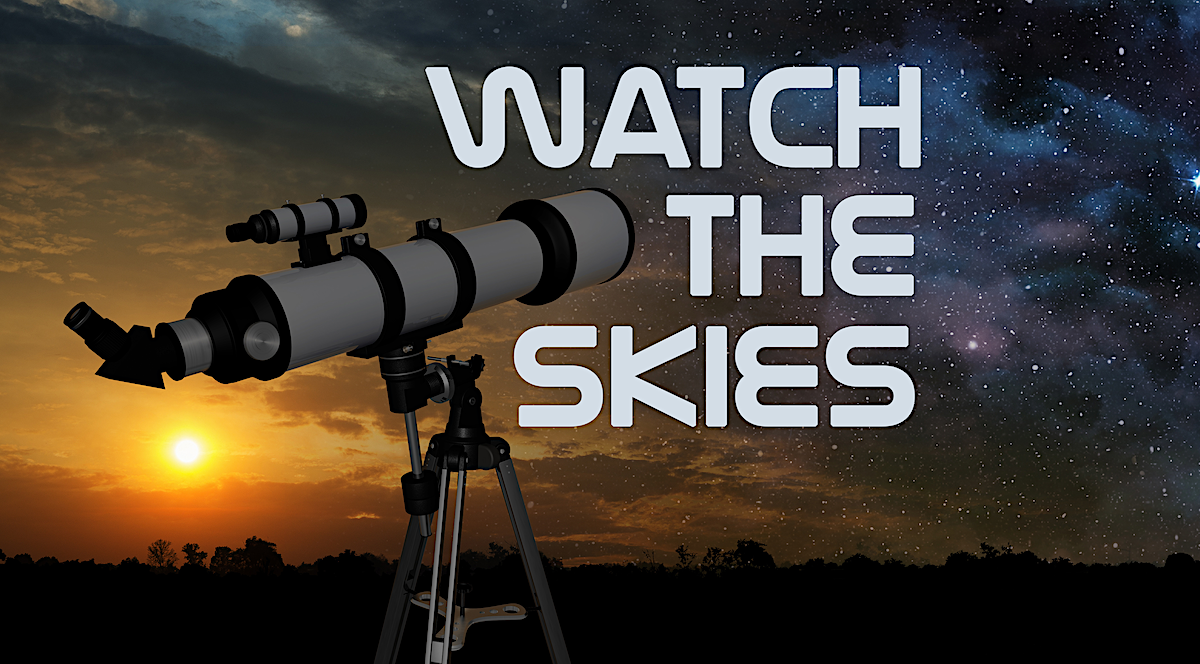
The Planets this Week: No big changes with the planets this week. Mars and Mercury both remain basically invisible in the twilight while Venus shines brightly after sundown. Saturn and Jupiter rise just before the sun sets and sit high in the sky by 10PM. Those with a high powered telescope can continue to catch occasional solar eclipses on Jupiter as its moons pass between it and the sun.
Naked Eye Object of the Week- Saturn:
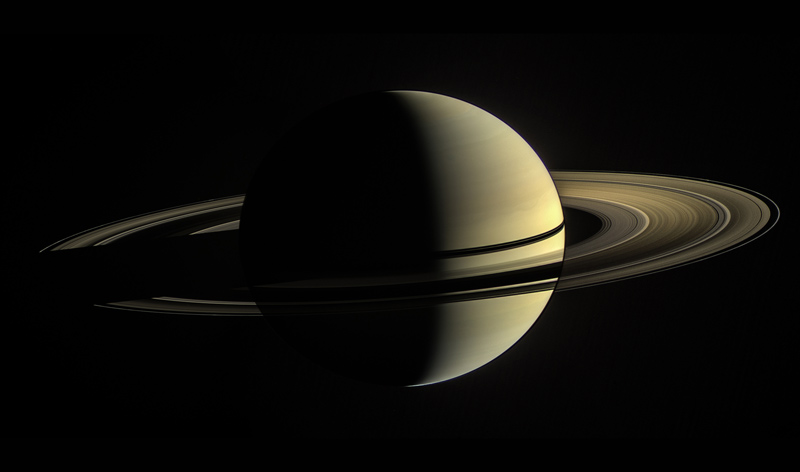
Saturn is the 6th planet from the sun, located well beyond the orbit of Jupiter. It is the 2nd largest planet in the solar system and is comprised mainly of hydrogen and helium. It orbits the sun approximately every 29 years. Despite being 95 times more massive than Earth, Saturn is interestingly the only planet that is less dense than water. You’ve probably heard the factoid that Saturn would float and that is true. Its core is much denser than water but its massive atmosphere lowers the density of the planet as a whole to that less than water. Its outer atmosphere is approximately 96.3% hydrogen and 3.25% helium with the remaining consisting of various other light elements. Despite its similarities to Jupiter, it looks significantly different. It has similar cloud bands to Jupiter but they are much less turbulent resulting in wider, less obvious banding. It does have storms, however, with a large one having been observed in 2011. One of the coolest things on Saturn is the hexagonal cloud pattern observed at the poles. It is believed that a standing wave of sorts has set up which rotates at the same speed as Saturn’s interior.

All that stuff is cool, but the most spectacular part of Saturn isn’t on the planet itself, but around it: the rings.
Saturn isn’t the only planet in the solar system with rings, both Jupiter and Uranus have notable ones, but it certainly has the most spectacular ones. The rings were first observed by Galileo but not described until 1655 by astronomer Christiaan Huygens. The rings are divided into 14 major sections with numerous subdivisions beyond that. The origin of the rings is unknown but likely to be one of two things: either the leftovers of a moon that was destroyed from orbiting too close to the massive planet or leftovers from the planet’s formation. There is a relatively large gap that can easily be discerned using a backyard telescope known as the Cassini division after the Cassini spacecraft which spent 13 years studying the planet.

From Earth, Saturn’s rings sit crooked against the planet and vary in tilt every Saturn year. At times they appear brilliant from a side view and at other times they appear very thin.
The Cassini Spacecraft spent 13 years exploring Saturn and its moons. Most of the spectacular photographs you see of Saturn came from this mission. At the end of the mission in 2017, the spacecraft was put in an orbit that pushed it inside the rings nearly 2 dozen times before eventually crashing into the planet itself.
The most widely shared and famous photograph of Saturn was taken by Voyager 1 all the way back in in 1990. This image shows the Earth as a tiny dot against the outer rings of Saturn- nearly invisible. It serves as a reminder to just how small we are in the vastness of space.
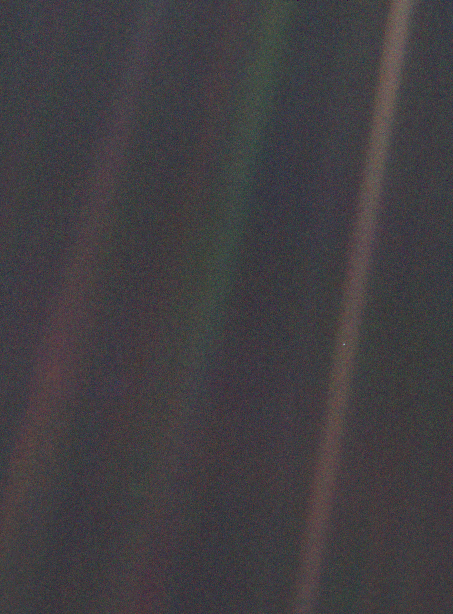
Saturn currently rises before the sun sets and is high in the southern sky by 10 PM. A pair of high-power binoculars or a small telescope will reveal its rings.
Telescope Object of the Week- Saturn Nebula: Currently located nearby Saturn is another object by the same name. This one isn’t a planet, though, and is located far beyond our solar system. The Saturn Nebula is a planetary nebula located approximately 5,200 light-years from Earth. It is the remnant of a low-mass star that never exploded, but rather slowly ejected its layers into space to form a nebula. The nebula was first discovered by William Herschel in 1782. It was named by Lord Rosse sometime in the 1840s. By then, telescope technology had advanced enough to make out some detail and the nebula gave the appearance of, you guessed it, Saturn. The nebula is fairly bright by nebula standards, and can currently be seen to the left of Saturn in the late evening sky.

Get out and enjoy the sky this week and, as always, watch the skies!



